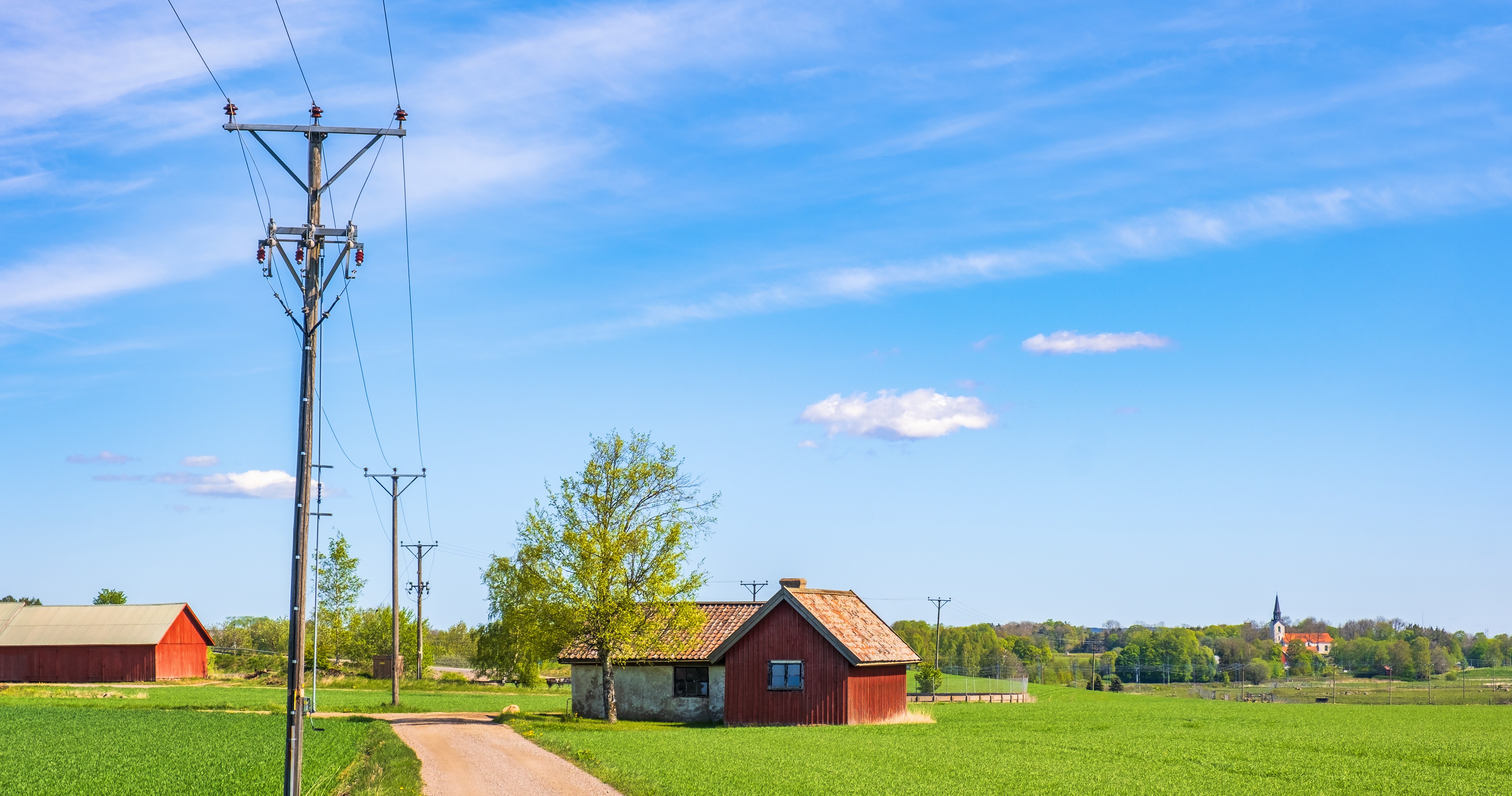From Coast to Coast, Energy Efficiency Jobs Can Revive the Economy
Let's Save Energy
Alliance to Save Energy's Blog

The 2020 Energy Efficiency Jobs in America Report, released last week by E4TheFuture and E2, is an indispensable resource on the energy efficiency workforce in the United States. The report comes after nearly a year of COVID-19 disruption, and includes a state-by-state breakdown of energy efficiency job losses due to the pandemic, reaffirming numbers found in previous monthly reports. The report breaks the numbers down further by determining approximately how many energy efficiency jobs are in each Congressional district and state legislative district – and proves that energy efficiency is a powerhouse job creator in urban, suburban, and rural areas alike.
Energy efficiency jobs are inherently local. No matter the geography, homes and buildings need retrofits and people are buying energy-efficient products. Unfortunately, that also means that the job losses that have devastated the energy efficiency workforce since the start of the pandemic have not spared any of the many diverse communities where energy efficiency workers make their living. Nearly 320,000 energy efficiency workers remain unemployed due to the impacts of COVID-19, in a year when the industry expected to add more than 70,000 jobs. Georgia and Kentucky currently have the highest unemployment rate for efficiency workers, but states from Alaska to Louisiana also have unemployment rates above 20%. Even as states and cities have entered new phases of reopening, energy efficiency job growth has stalled and under the status quo, it would take years just to get back to pre-pandemic employment numbers.
Help from Washington is needed to get these workers back on their feet, and the good news is, energy efficiency is an investment that pays off. The report finds that for $61 billion of federal funding, almost $150 billion in private investment can be leveraged to create a whopping 700,000 energy efficiency jobs every year for five years. Every year after these investments are made, American consumers and businesses will save $30 billion in energy bill savings and avoid 96 million metric tons of carbon dioxide emissions. That would be a huge win for cash-strapped families and businesses in all corners of America, while also putting a significant down payment on addressing climate change.
The report also highlights another reason to invest in energy efficiency jobs: these jobs are good jobs. Entry-level wages in all types of efficiency jobs exceed the national average. More than 80% of employers contribute to health insurance, and more than 78% contribute to retirement accounts. Unionization rates are higher in the efficiency sector than they are across the broader economy.
Bold federal and private investments in energy efficiency could help support these workers in trying economic times, creating a localized, bottom-up stimulus for every community across America. While some communities have 50-story commercial buildings and others have sprawling farming or manufacturing facilities, the need for efficiency extends from coast to coast. To recover from this crisis, we must invest in energy efficiency workers.
STAY EMPOWERED
Help the Alliance advocate for policies to use energy more efficiently – supporting job creation, reduced emissions, and lower costs. Contact your member of Congress.
Energy efficiency is smart, nonpartisan, and practical. So are we. Our strength comes from an unparalleled group of Alliance Associates working collaboratively under the Alliance umbrella to pave the way for energy efficiency gains.
The power of efficiency is in your hands. Supporting the Alliance means supporting a vision for using energy more productively to achieve economic growth, a cleaner environment, and greater energy security, affordability, and reliability.



